Glutamate has for more than a century been one of the most commonly used spices in the food industry. Glutamate is widely used as a flavor enhancer, it is considered a major factor in Japanese and Chinese cuisine. Not so common in the west kitchen, where it is sometimes called "foxy" or "extra". It is believed that the "umami" taste buds are activated by monosodium glutamate. They respond to glutamate in the manner in which the response of sugar is seen in sweet buds.
Glutamate is used to enhance the taste of different foods, often combined with meat, poultry, seafood and wheat, but rarely with cakes. Known as the E-621, it has a special flavor to it and is added to spices, fats, carbohydrates, vegetable protein, etc.. Any stock cube will contain sodium glutamate.
History of glutamate
The history of glutamate began millennia ago. About 1200 years ago, in the Orient cooks discovered that some dishes with sea algae have a much better taste. However, only in 1908 Professor Ikeda of the University of Tokyo, isolated glutamate from seaweed, which revealed the secret of its flavor-enhancing abilities. Since then, glutamate is used as an effective way to enhance the taste of food.
The amount of monosodium glutamate in foodstuffs is different, but particularly rich in this additive proved those with high contents of proteins. The human body also produces large amounts of glutamate (muscles, brain and other organs in the human body contains about 1.8 kg glutamate) and breast milk contains more glutamate than cow milk.
Glutamic acid is one of the twenty amino acids that make up the human proteins, it is critical for the proper functioning of cells, but is not considered essential nutrient because the body can manufacture it from simpler compounds. It is known as one of the building blocks in the synthesis of proteins, it is important for the functioning of the brain excitatory neurotransmitter like.
Daily dose of Glutamate
This spice is widely used in Japan and Thailand, but the recommended dose is six times the European. It is recommended to have 1 kg of products or 1 liter of liquid added to 1-1.5 g glutamate (approximately one third of a teaspoon). Nutritionists say it is absolutely unacceptable to have monosodium glutamate present in the children's menu, as well as other supplements. Daily average person consumes 10 g linked glutamate and about 1 gram of free glutamate, and the human body produces about 50 g free glutamate daily. With the intake of this nutrient in the body of a person enter 18% glutamic acid and 22% sodium. In table salt, the sodium amount received was 39%.
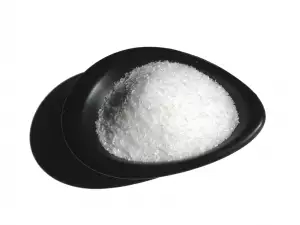
Taking glutamate
Monosodium glutamate is produced by fermentation of starch, sugar beet or molasses similar to the fermentation of the yoghurt and vinegar. Harvested product is in the form of crystals which are readily soluble in various liquids and are very easy to mix with other foods. Glutamate is used in large amounts mainly to flavor potato chips, corn chips, frozen convenience foods and so-called large application is in the so-called glutamate, or fast food. Monosodium Glutamate is found naturally in seaweed, fermented soy products, tomatoes, mushrooms and cheese Parmesan.
Statistics show that in 2001 more than 1.5 million tons of monosodium glutamate were sold, its consumption is forecast to increase by an average of 4% annually. Its general use is based on the fact that glutamate is a much less expensive when added to different products than other fragrances and flavors.
Glutamate or monosodium glutamate are a substance which is necessary for the activity of the human. It is a dietary supplement that has the ability to extract the surface unique natural taste of each dish and this function helps to deliver the aesthetic enjoyment of food in the human brain. After all, good taste in food is something valued by mankind.
Dangers of glutamate
Some people think they are allergic or sensitive to monosodium glutamate and it was repeatedly called as the cause of various physical symptoms such as migraines, nausea, digestive disorders, heart palpitations, asthma and numerous other complaints yet, all the way to anaphylactic shock. Symptoms that were sometimes confused with heart attacks or allergic reactions are sometimes called the "Chinese restaurant syndrome." Over the last several decades has been conducted a considerable amount of research and testing in the field of allergy to monosodium glutamate and a large part of the controlled studies did not show any relationship between the content of glutamate in the food and any allergic reactions.
Overall, however, glutamate is considered to be safe, placed alongside salt, vinegar, baking soda and sodium tripolyphosphate.
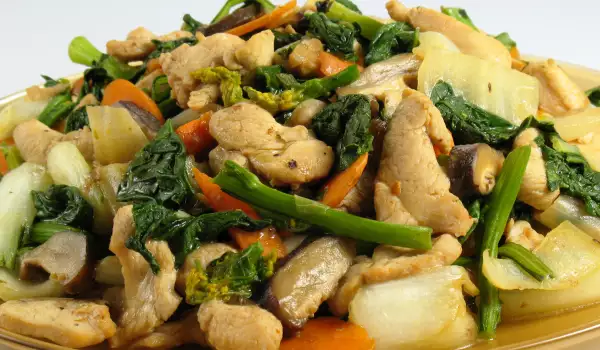
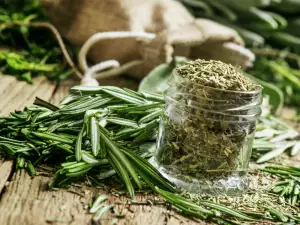
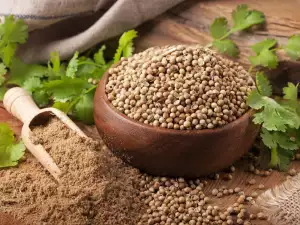
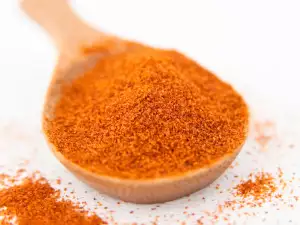
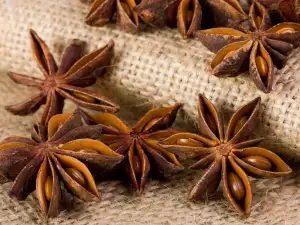
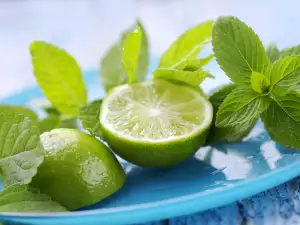
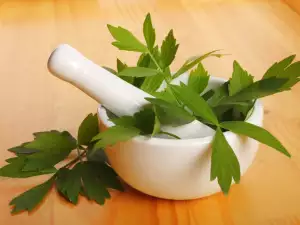
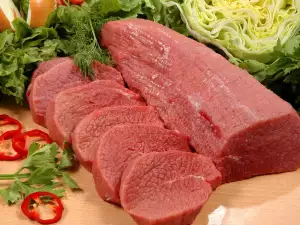
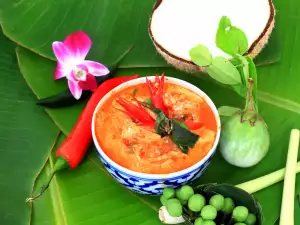

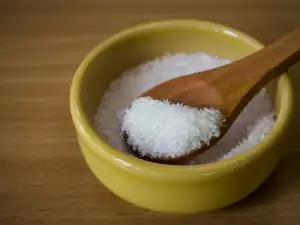
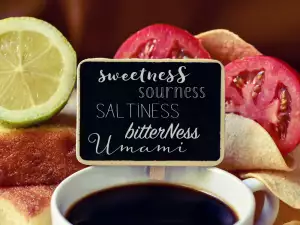


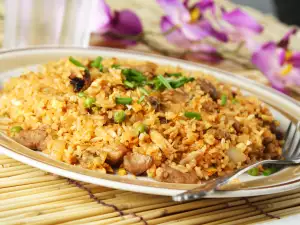
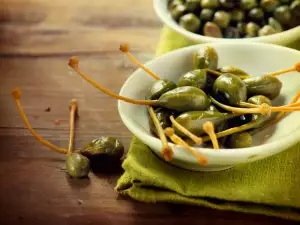
Comments